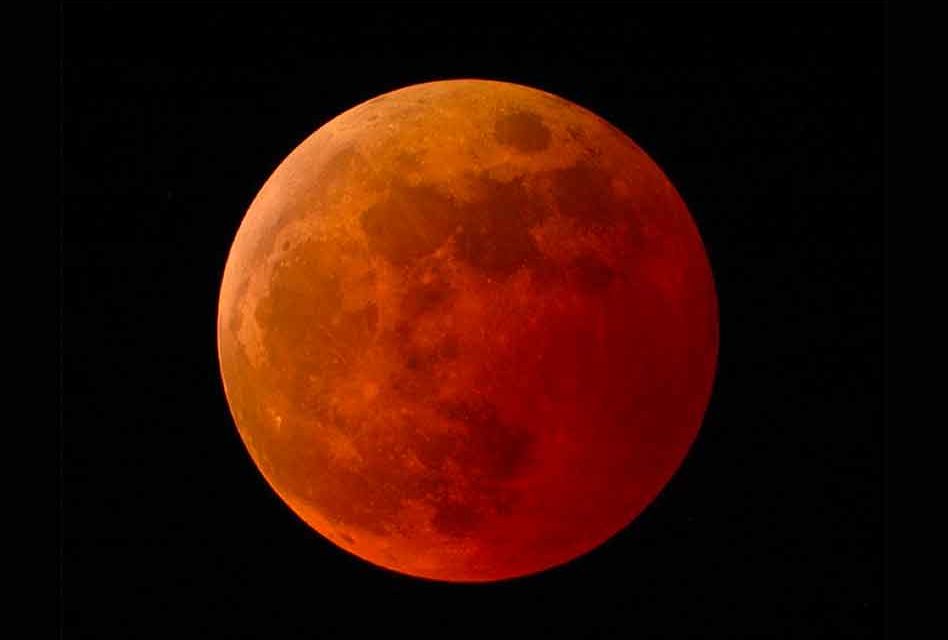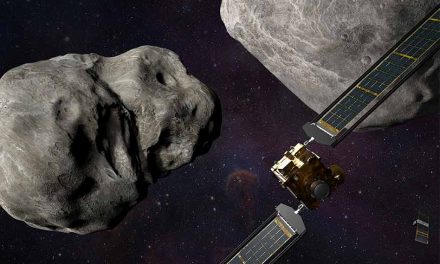Sunday evening on May 15, Earth will pass between the Sun and the Moon, blocking sunlight and casting a shadow on the lunar surface. The eastern half of the United States and all of South America will have the opportunity to see every stage of the lunar eclipse, which will begin over North America at 10:27 pm on May 15.
A lunar eclipse occurs when the Sun, Earth, and Moon align so that the Moon passes into Earth’s shadow. In a total lunar eclipse, the entire Moon falls within the darkest part of Earth’s shadow, called the umbra. When the Moon is within the umbra, it will turn a reddish hue. Lunar eclipses are sometimes called “Blood Moons” because of this phenomenon.
You don’t need any special equipment to observe a lunar eclipse, although binoculars or a telescope will enhance the view and the red color. A dark environment away from bright lights makes for the best viewing conditions.
The eastern half of the United States and all of South America will have the opportunity to see every stage of the lunar eclipse. Totality will be visible in much of Africa, western Europe, Central and South America, and most of North America.
If the skies are not cooperating and you’re faced with cloudy skies… not to worry. NASA is live streaming the lunar eclipse. NASA will be livestreaming the eclipse with experts commenting on each step of the process from 11 p.m. – 12 a.m. ET. , or watch the livestream feed on Positively Osceola’s Facebook page.
Source: NASA

















